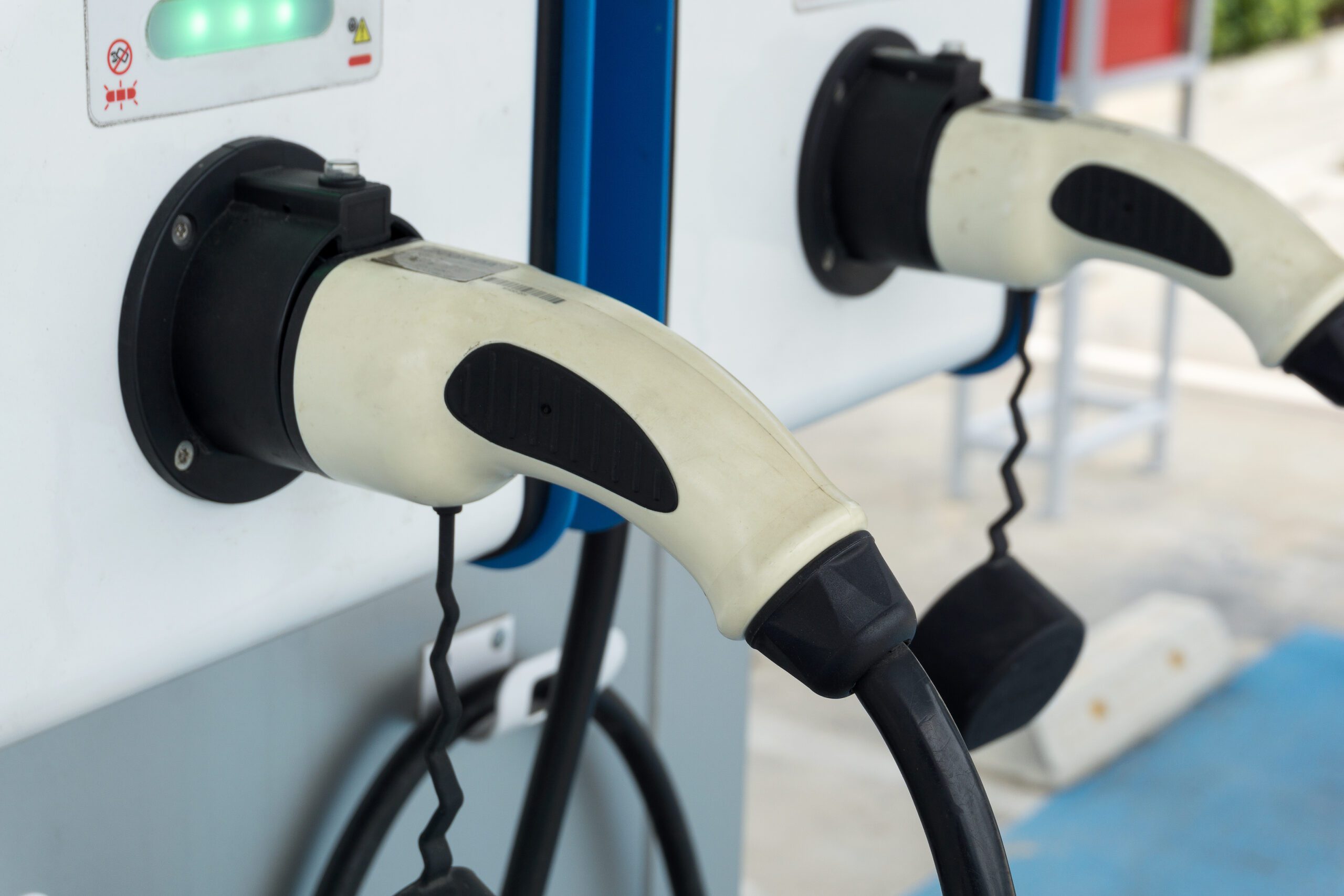How fast will my car charge?
A car’s battery management system will ultimately dictate how fast your battery will charge. However, different chargers will offer different maximum currents. These are:
- 5kW will give up to 35 miles of charge per hour
- 22kW, 60 miles of charge per hour
- 50kW, 180 miles
- 150kW, 400 miles per hour
There are even higher powered chargers coming on-stream too, particularly to charge HGV batteries. We may even see megawatt chargers (1,000kW) soon. Not all cars can take even 150kW let alone 1MW. Your car’s manual will tell you your maximum speed.
Public charging - cost essentials
It will cost more to use a public charger than a home charger. This can depend on a range of variables:
- A higher current public charger will cost more per kWh than a lower current charger
- Some charger locations will charge more than others
- Some charging networks charge more than others
Home charging can cost as little as £0.045 per kWh. Many public DC charging stations charge more than £0.60 per kWh – this is more expensive per mile than diesel!
The UK public charging network
According to Zap Map, as of January 2023 there were 37,851 public charging units across 22,355 sites. Of these there were:
- 9,081 slow chargers (3-6kW)
- 21,191 fast chargers (7-22kW)
- 5,218 rapid chargers (22-99kW)
- 2,361 ultra-rapid chargers (100kW+)
Among these there are four major charging companies providing around 33% of the available chargers across the board.
Public charging networks
| Charging network | Logo | Overview | #charge points |
|---|
Also worth checking out is Octopus Electroverse, an app that gives you one-tap access to over 400,000 public chargers across the UK & Europe. The app lets you find EV charging points, as well as recording your charging history and providing insights.
The UK ultra rapid charging network
Just four brands account for around 40% of the ultra-rapid network.
| Charging network | Logo | Overview | # charge points |
|---|
Mapping
In planning a longer distance journey you will need to know where the EV charging stations are on a route.
Using an app on your phone you will plan the optimum journey from A-B via public chargers on the route. The better apps tell you how much each cost and whether they are out of service too, so on the day you can plan your route to your end destination knowing exactly where the short and long stops will be for your car.
Using such mapping, you will know ahead of time where you might stop for a coffee and lunch over a day’s drive. In a coffee break you may want 15kWh and over lunch, 30kWh. This will keep your battery at the optimum 20-80% state of charge and if one is out of action, will be able to get to the next.
| Mapping tool | Logo | Membership? | Overview |
|---|
Pros of using a public charger
They can be very quick!
Offering anything up to 350kW of charge (for a fee), they can put a lot of miles into your car very quickly.
Some networks can be used with a single app
There are a number of membership offers where you can use a single payment card for many public chargers. Sadly, debit card payment often costs more.
Most of the UK motorway network has them
You are never far from a rapid charger. On a longer journey using the motorway network you will be able to use a fast charger without much of a wait.
Major urban centres are another area where the public charging network is very good. On a run between London and Manchester you should hardly ever have to wait for one.
Other places you can find them…
Supermarkets often have fast (22kW) chargers for their customers. Many people without home chargers use them. These are sometimes covered by the same car park use-time policy as for other cars so getting a full charge can result in a hefty fine.
Local authorities are installing lamppost and bollard on-street chargers. Portsmouth and Oxford are among the best cities, though Bristol and London also have them in numbers.
Cons of using a public charger
There are not enough of them!
The rate at which public chargers are being installed is nowhere near that which new electric cars are coming onto the UK’s roads. This can mean long queues at charge points.
There is no unified payment method
You will often have to have a sheaf of payment cards or a number of different apps on your phone to charge at different public EV chargers.
Octopus and ZapMap have their unified payment schemes where you have one app to cover most public chargers. Neither of these offer universal coverage.
This could mean that you don’t have the ability to charge your car even though one is available. All public chargers should have an option to pay by debit card but many don’t. Those that do often charge more per kWh than via membership.
There is no standard pricing per unit
Not all charging networks charge per kWh. They have additional fees like ‘connection fees’ on top of the kWh fee as well.
Many charging points do not have screens showing how much you are being charged as you would see on a petrol pump.
Consequently you will often not know how much you have been charged until you see your bank statement.
Rural charging deserts
Charging companies will install chargers where they will make the most money. Currently this means that wealthy urban areas will see more chargers installed than poorer urban areas where there are fewer EVs per head of population.
Dorset, Devon and Northumberland among others are counties described ‘rural charging deserts’ where it can be a long drive to get to a public charger. This in turn impacts EV adoption as people rightly worry they won’t be able to charge their vehicles as and when needed.
Poorly maintained chargers
The EV community has favourite and not so favourite charging networks. This is because some networks have a reputation of breaking down a lot and their maintenance teams don’t fix them quickly enough. Nationally this can mean 5% or so are down at any one time. This isn’t evenly spread geographically. This is where a live charger mapping system can help.
For information on home charging options click here.



